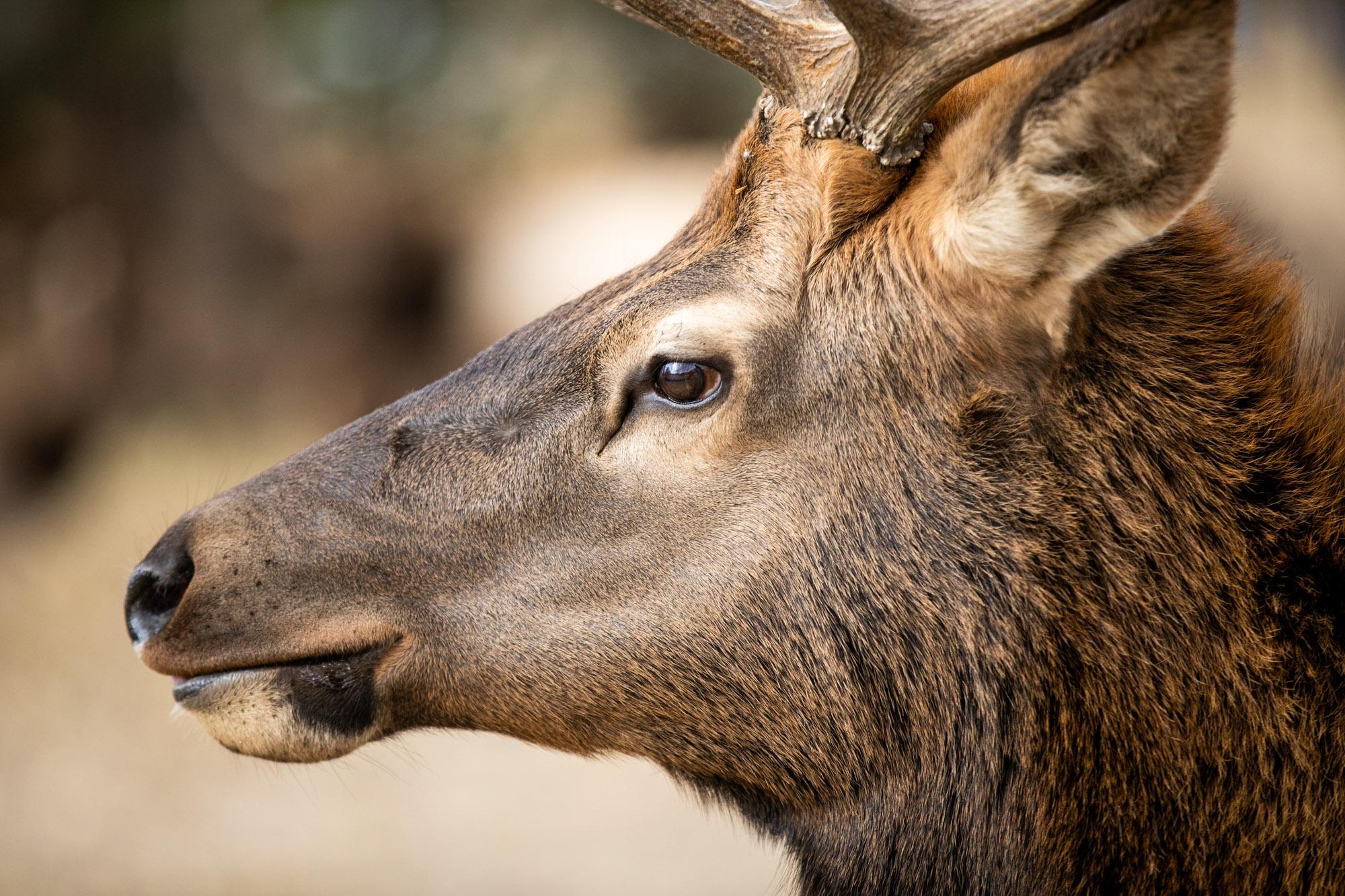
Santa’s reindeer are back in their stable for the season, but if you’re on the Western Slope, you might see another hooved creature flying through the sky.
Colorado Parks and Wildlife is studying pregnant elk, and since the animals won’t show up for a prenatal appointment, the agency has taken a different approach: capturing them with a net gun, placing them in a sling-like contraption, and then flying them under a helicopter to a nearby study site.
CPW spokesman John Livingston acknowledged that seeing an elk soaring through the air “Might look a little crazy.”
He wants the public to know, however, that his agency carefully chose this time of year for their research.
“It's very early in the gestation period and won't have any impacts to that animal,” he said
After the short helicopter ride, biologists determine if a cow elk is indeed pregnant, and if she is, they place a collar on her and quickly send her back out to join the herd. When she gives birth months later, the collar sends a signal to biologists, who can then do further health assessments on mom and baby.
The hope is to figure out why the elk population is dwindling in certain parts of the state, down by tens of thousands of animals in southwestern Colorado alone, from around 140,000 a few decades ago, to just above 120,000 now.
The problem could be a lack of forage. Maybe they’re being born sickly or being eaten by predators. CPW biologists just don’t know — yet.
The information they’re gathering now could make all the difference.
“So the relatively short disturbance is going to give us decades worth of crucial knowledge and data to help manage these species the best we can,” Livingston said.
Elk aren’t the only animals being studied. He explained that this is the perfect time to look at many big-game species as they migrate to their winter range. The agency’s biologists try to get accurate population counts and sex ratios on animals like deer, pronghorn, moose, and bighorn sheep.
And while helicopters are the easiest and least disruptive way to do this research, they are pretty conspicuous to another species: Humans.
“Yeah, you certainly get calls every year of folks wondering what's going on,” Livingston said.
He wants to remind the public that just like the elk, they will only be disturbed for a short time. CPW’s helicopter-propelled research will likely conclude sometime in January or February.









